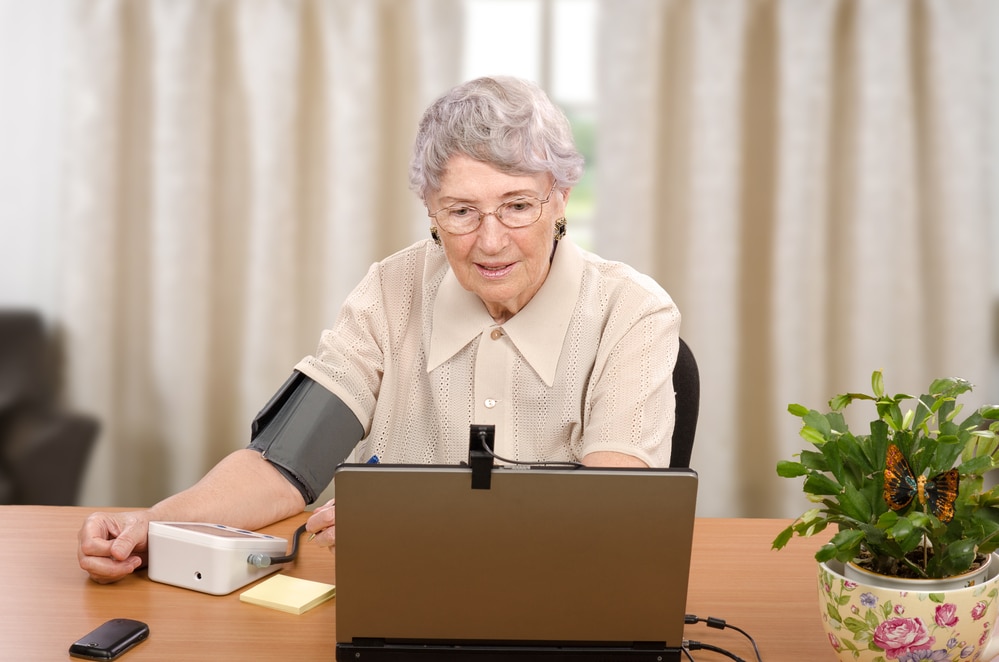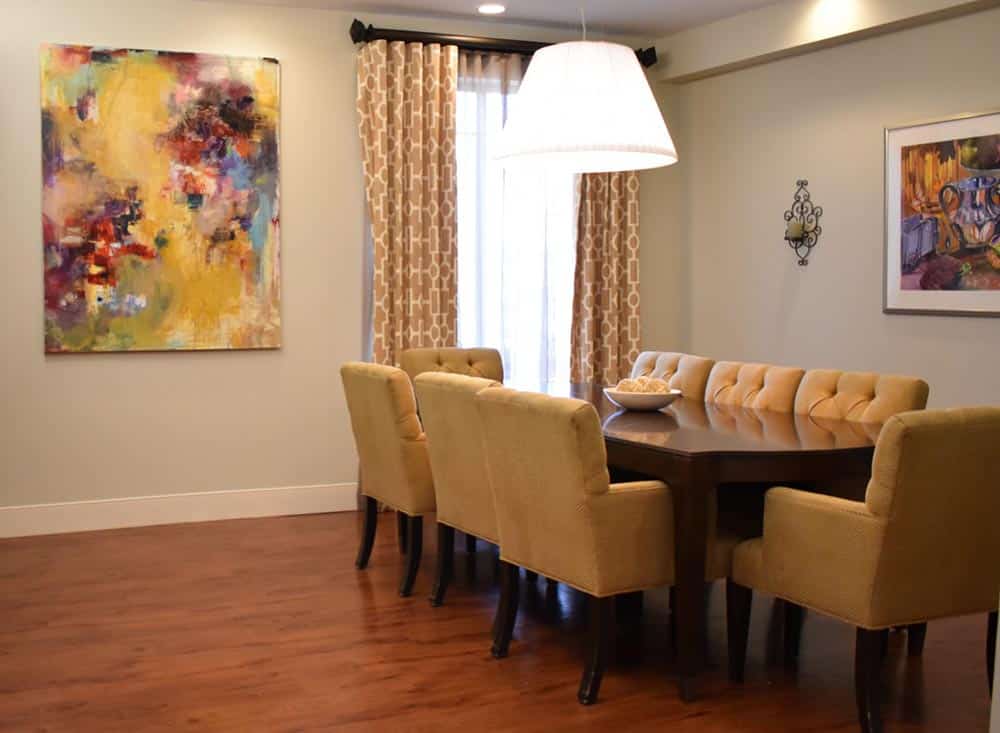When you were a toddler, falls were inevitable. As a kid, they might have made you laugh. As a teenager, they may have been embarrassing. As an adult, they were likely more surprising than anything. But by the time you reach your senior years, falls are serious business. Physical changes and health conditions make falls more likely and more dangerous as you age. That said, there’s no reason to live in fear of a stumble. Scroll down to learn how to prevent falls at home.
Senior Care
Why Do Dementia Patients Sleep So Much?
When you have a loved one with dementia, understanding how their condition affects them is the key to helping them adjust. One common issue for people with dementia is their increased need for sleep. Why do dementia patients sleep so much, and how can you help them get the rest they need?
How to Practice Patience with Your Elderly Loved Ones
The Household Model of Senior Living
For many of us, our home is our sanctuary. Having to leave that sanctuary to get the support we need as seniors can be a difficult transition. What if you would benefit from assisted living, but you don’t want to live in a traditional senior home environment? The Household Model of senior living might be the perfect fit.
The Difference Between Dementia and Alzheimer’s
When discussing cognitive decline in seniors, it’s important to avoid stereotypes and generalizations. One misstep you should work to avoid is using the terms “dementia” and “Alzheimer’s” interchangeably. So, what’s the difference between dementia and Alzheimer’s disease?
What Is Telemedicine?
Getting a house call from a doctor is rare these days. Luckily, there’s a kind of doctor’s appointment that can give you a similar experience without an in-person visit. What is telemedicine, and what can it do for you?
Winter Crafts for Seniors
If you’re looking for a way to have some indoor fun this winter, we have you covered. All you need are a few supplies and some creative ideas. Grab some scissors and glue and join us for winter crafts for seniors.
How to Make Video Calls
Connecting with loved ones is incredibly important, but it’s also a bit tricky these days. How can you stay in in touch with loved ones near and far? How can you meet your new grandchild from halfway across the country? How can you join in on a birthday party if you aren’t able to attend in person? Video calls can do it all. If you’re not sure how to make video calls, don’t worry – most video-calling platforms are actually extremely easy to use, even if you’re not the most tech-savvy. Scroll down to learn how to make video calls from the comfort of your couch.
How to Beat the Winter Blues
Another holiday season has come to an end, but we still have a few months left before April showers and May flowers. So how do you bridge the gap without falling prey to the winter blues? There’s no doubt about it: This time of year can be challenging. Cold temperatures and dreary weather can put a damper on your mood – sometimes even leading to seasonal affective disorder (SAD). Symptoms include fatigue, low motivation, and even weight gain. The good news: there are plenty of ways to manage symptoms of SAD and general seasonal malaise. Scroll down to find out how to beat the winter blues and make the most of the winter season.
Kansas City Senior Living Myth #5: It’s A Nursing Home Where People Go To Die
Research and consulting company Age Wise surveyed seniors 65 and older on their impressions of senior living. They found there were five common myths that prevailed among that population. Over the past few weeks, we’ve broken down these myths. This week’s myth is “it’s a nursing home where people go to die.” Myth #5: It’s …










